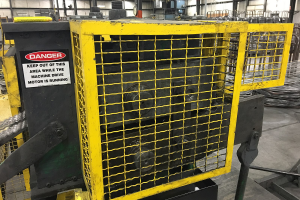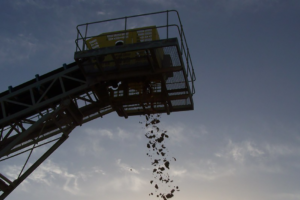OSHA’s fix on fall protection for residential construction leaves serious issues unresolved
OSHA has for sometime been trying to clear up the confusion it created about fall protection standards for residential construction, but the proposed fix may still leave many issues unresolved.
Last month, OSHA chief David Michaels said in a speech in Washington State that OSHA plans to rescind the blanket exemption in the fall protection standard for residential construction. His remarks, reported by Inside OSHA (registration required to view story) came about two years after an agency construction advisory committee proposed the change, which also has been sought by the National Association of Home Builders and the association of state OSH plans.
Under the changed policy – which is a return to the original standard — employers who want to use alternative fall protection measures would have to show that conventional fall protection techniques such as guard rails, personal fall protection systems and/or nets are infeasible or could create a greater hazard.
The current policy (which is still in effect) allows alternative plans by residential fall protection contractors to be used to protect workers at heights of six feet and above. The plans need not be in writing or be job site-specific. The OSHA directive has been criticized as endangering workers (I vehemently disagree) and OSHA has allegedly been trying to withdraw its directive for years. It is crystal clear that the agency has had difficulty determining what to do.
How will OSHA decide?
If the current directive is withdrawn and residential contractors are again required to make the determination on feasibility or greater hazard, it is not clear how OSHA will determine whether it agrees. As a matter of fact, there is no procedure for OSHA to agree or disagree other than an inspection.
The Occupational Safety and Health State Plan Association has advocated rescinding the interim fall protection guidelines. In 2008 it told then-OSHA chief Edwin Foulke that its membership felt the guidelines were unnecessary because residential construction activities performed at heights of six feet or more above floor or ground level can be performed in a safe manner using common building practices and conventional fall protection techniques. “OSHA’s [directive] has led to confusion in the regulated construction industry and potentially places employees and employers nationwide at unnecessary risk,” the group wrote to Foulke.
Again I disagree with the OSH state plan association. I have been on numerous residential construction sites where it has indeed been a much greater hazard to install conventional fall protection as opposed to implementing a fall protection plan which includes a controlled access zone and safety monitors. In addition on many sites it actually has been infeasible in many areas to construct guard rails, install nets or provide personal fall protection systems.
The National Association of Home Builders, while supporting the rollback of the current policy, has expressed concern that the standard does not define the term “residential construction” and wants to find a way to make fall protection plans consistent across job sites when builders are constructing similar houses.
To keep up with the latest news about increased OSHA enforcement, subscribe to this blog and have it sent automatically to your Reader or email box.


